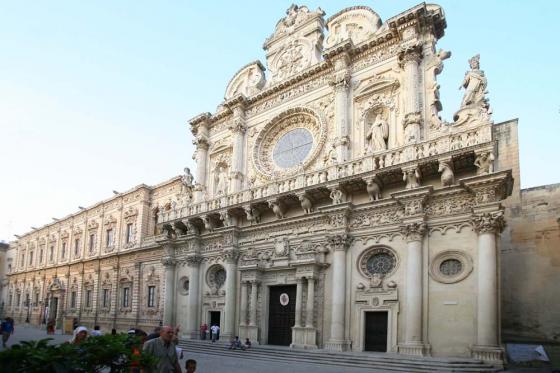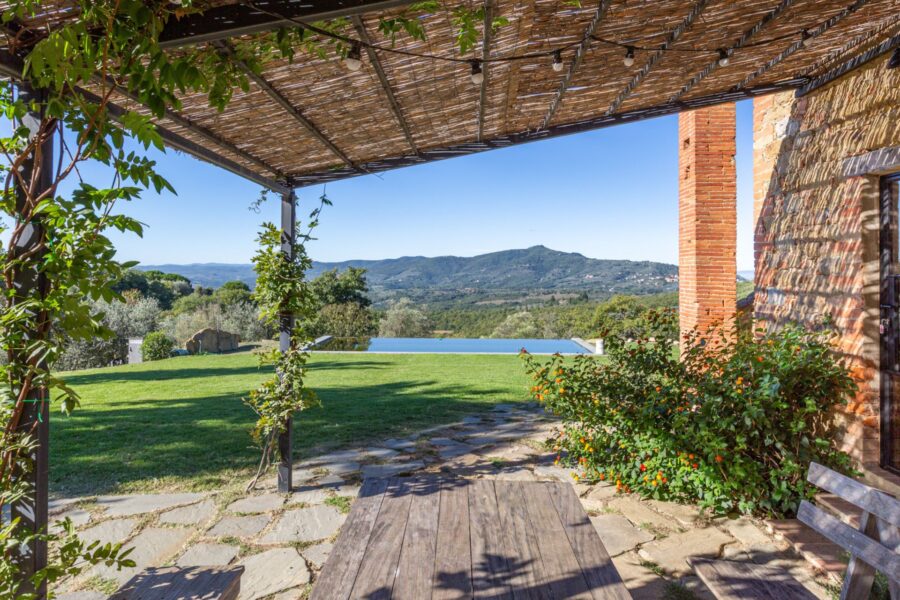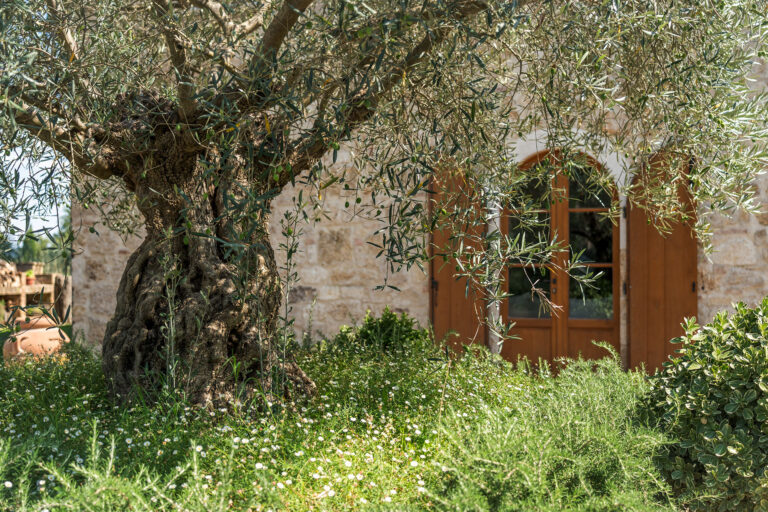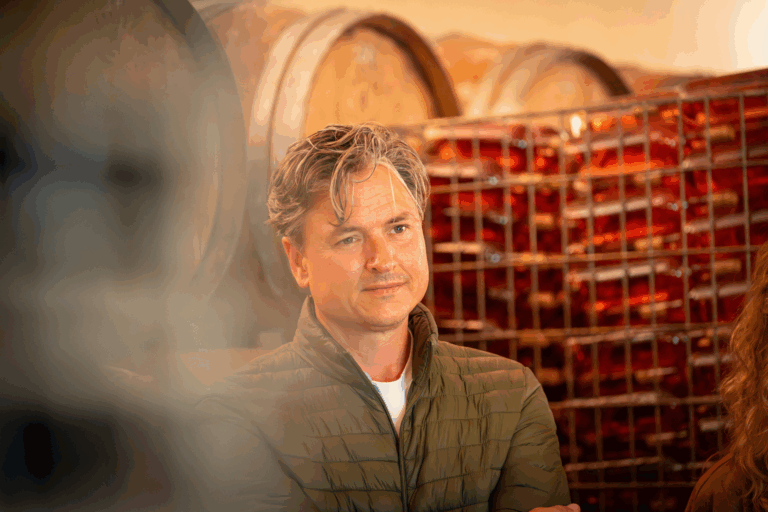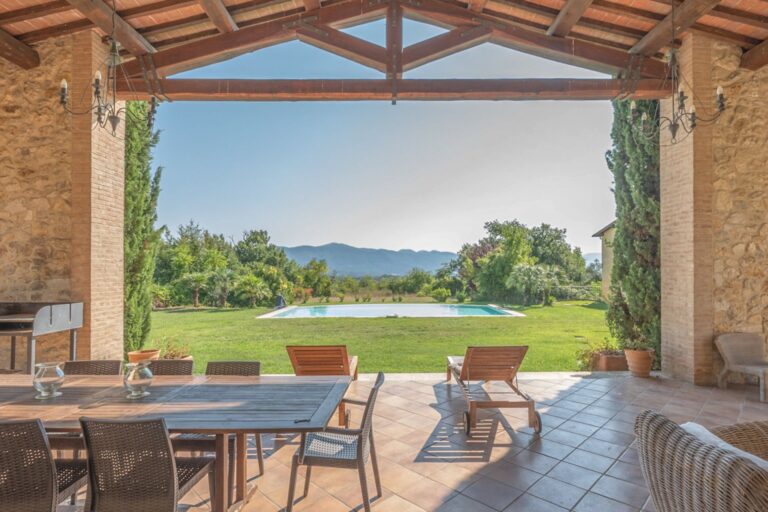Edited by Alessandra Conforti
Built from 1549 to 1582, the Basilica of Santa Croce together with the old Celestine convent is a fine example of the Baroque in Lecce. The beautiful facade is composed of six smooth columns that divide the structure into five zones. The portal, which was built at a later period, has a pair of Corinthian columns and the coats of arms of Philip III of Spain, Mary of Enghien and Walter VI of Brienne. On the side doors there are the Puglia coat of arms as well as the Congregation of Celestine. Grotesque and fantastic animals adorn the architectural telamons that support the balustrade and symbolize the Christians who participated in battle, as well as their spiritual and temporal power. The facade is dominated by a large Romanesque central rose adorned with laurel leaves and berries. Two Corinthian columns serve to separate the central area from the side of the Church and here there are statues of St. Benedict and Pope Celestine V as well as two great female statues depicting Faith and Fortress. The interior, on the Latin cross plan, had originally a nave and four aisles, two of which were turned into side chapels in the 18th century. Two rows of columns supporting the vaults of the aisles and nave is covered by a magnificent coffered walnut wood ceiling with gilding, while the aisles are surmounted by cross-vaults. The high altar we see today dates from the eighteenth century and was taken from the church of Saints Niccolò and Cataldo in 1956 on the occasion of the fifteenth national Eucharistic Congress. Along the aisles there are seven chapels on each side with beautifully decorated Baroque altars, and dedicated to people like St. Peter, St. Andrew Avellino, Saint Irene or St. Francis of Paola, as well as the Annunciation or the Pieta. The alter, dedicated to St. Francis of Paola, by Francesco Antonio Zimbalo and dating to around 1615, is considered by many scholars to be the ultimate expression of Baroque sculpture in this area.

